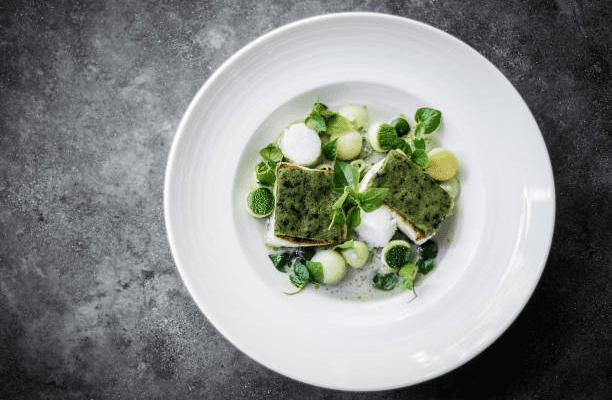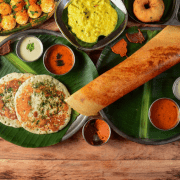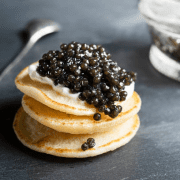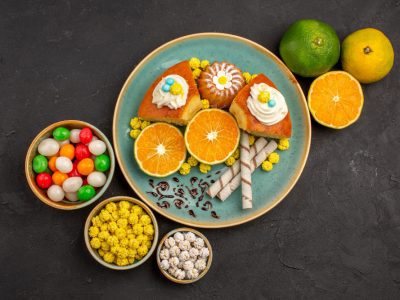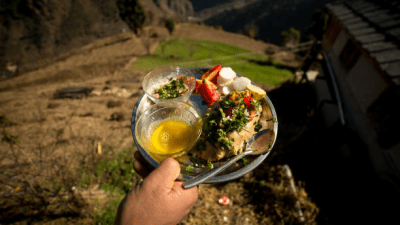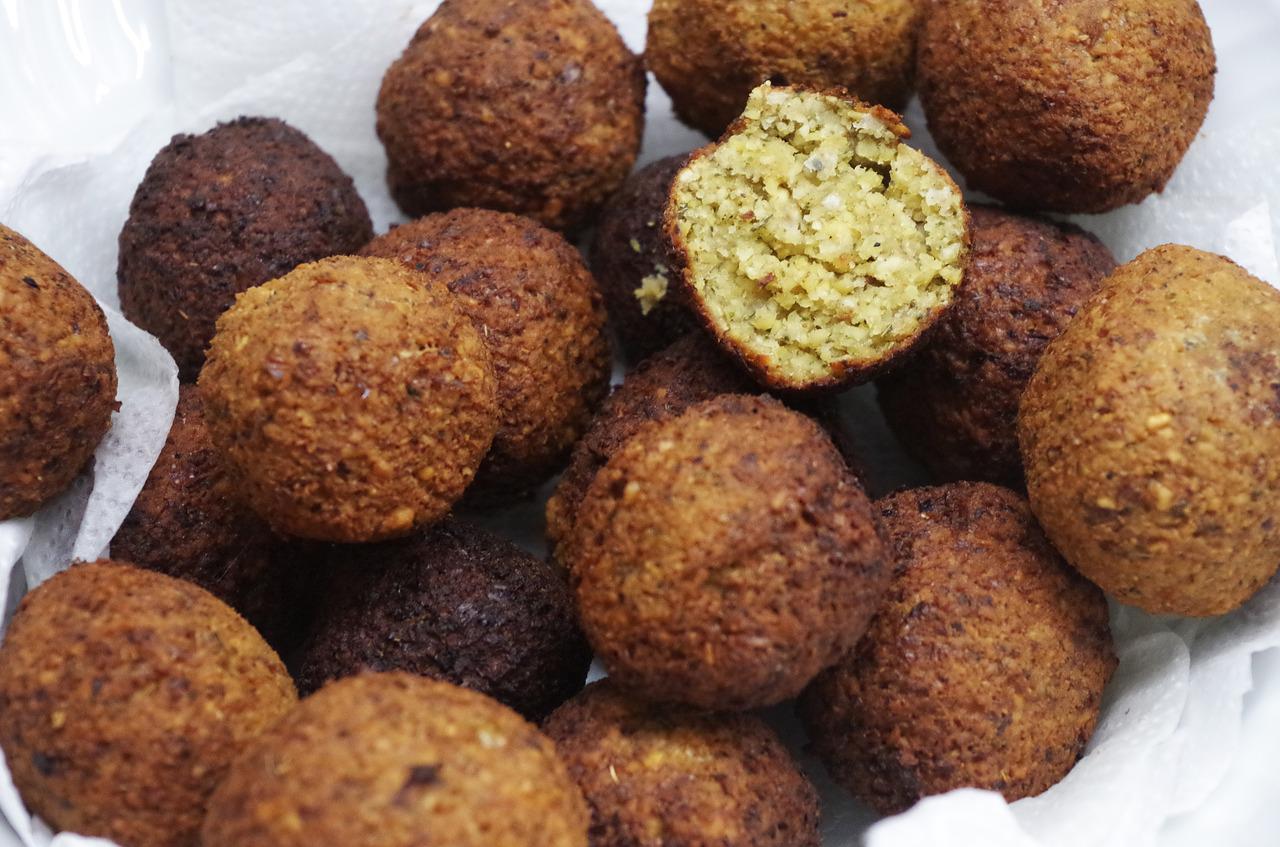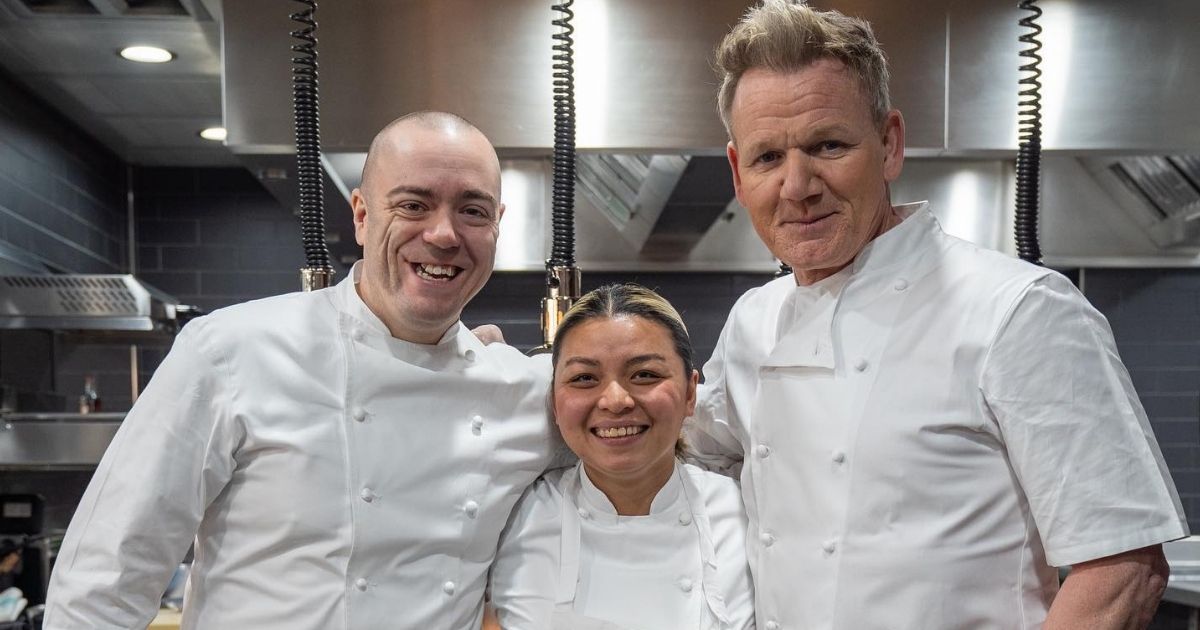Food plating can be seen as an artistic expression which enhances the dining experience by transferring a simple dish into a visual masterpiece. In India, where culinary traditions are rich and diverse, top chefs have perfected the art of food plating to create presentations that reflect on the vibrant culture of their country. As to these techniques, we will dig into it in this blog post and show how Indian top chefs apply them on their plates while giving you tips on how you can improve your culinary presentation skills.

The Significance of Certain Strategies for Food Plating In India
Food plating strategies in India goes beyond aesthetics. They comprise a blend of cultural heritage, creative thinking and personal touch by the chef. Indian cookery has mastered such techniques as balancing colours on a plate between textures and tastes making it an eye catching experience as much as it is about good taste. As lovers of food who use HOGR app, there are several places where one can visit to explore restaurants where they have perfected this art thereby ensuring that every meal you take is one that tickles all your senses.
The Foundation Of Culinary Presentation Skills
Before exploring advanced content, let us learn about the basics behind culinary presentation skills. These guidelines are fundamental to more complex styles plating.
Balance and symmetry: This does not necessarily mean perfect symmetry but rather a harmonious arrangement of elements on the plate. Indian cooks often play around with asymmetry so as to make their dish interesting while still achieving balance.
Color contrasts: Employing different colors can make any dish visually appealing. With its lively spices and diverse ingredients, Indian cuisine naturally lends itself to such vivid representations.
Texture variety: Alternatively, one could raise his/her gastronomic delight through incorporation of different textures in ones meals; some examples include crunchy papads creamy gravies or tender meats which are employed by Indian cookings in order to come up with a multifaceted plate.
Portion control: A well portioned plate should look full but not overcrowded. The visual appeal of the dish depends on this balance.
Techniques From India’s Top Chefs
Here are some specific food plating techniques used by India’s top chefs that we can look for and appreciate when one goes out to eat using HOGR app.
Using Traditional Elements
Most Indian chefs include traditional elements in their plating so as to stay connected to their country’s culinary past. For example, Chef Manish Mehrotra from Indian Accent in Delhi often employs traditional Indian utensils and serving dishes like small copper pots or banana leaves which he uses to present his food. This adds an authentic touch and also enhances the dining experience on the whole.
Layering And Stacking
When different parts of a dish are layered, it creates an appealing structure visually. Gaggan Anand who is known for his innovative approach towards Indian cuisine often uses this technique. By arranging ingredients vertically in certain order, he makes his plate dynamic with height and dimension.
Use Of Edible Flowers And Herbs As Garnishes
Chef Vikas Khanna adorns with edible flowers and fresh herbs which can be regarded as regulars on the plates of any chef involved in food presentation such as him. These garnishments do not have overpowering qualities; instead, they add colour, freshness and fragrance to the meal while being placed strategically so as not to disrupt harmony among main components.”
Sauce Smearing and Dropping Techniques
Sauce smearing and dropping are techniques that the modern Indian cuisine pioneer Chef Vineet Bhatia uses often. By creatively smearing sauce on a plate or sprinkling it in accurate patterns, he adds a modern twist to traditional dishes.
Deconstructing and Reconstructing
Deconstructed dishes take known flavors and represent them in new ways. In doing this, Chef Kochhar has come to be known as an expert at breaking down classic recipes into their essential elements and reconstituting them on the plate in novel ways. This not only surprises guests but also lets them appreciate every individual part.
Bringing Food Plating Techniques into Your Kitchen

As a food enthusiast and member of the HOGR community, these food plating techniques can be practiced right from your home kitchen. To get started, concentrate on balance and symmetry before gradually introducing higher-level practices such as layering, garnishing, etcetera. Just remember that making your meals appear attractive is what you need while trying to enhance your whole dining experience.
The Role of HOGR in Discovering Culinary Artistry
Through its algorithms as well as user-generated reviews, the HOGR app will direct you to places where chefs are highly rated based on how they present food. You can literally see this with your own eyes through various high dine restaurants and hidden gems using HOGR’s advanced technology; you will find out about some of these most recommended spots easily by searching for “restaurants near me”. The best recommendations for visiting places where chefs have excelled in terms of presentations have been sourced from the app’s system which employs artificial intelligence thereby enabling users like yourself to spend less time searching through results online but rather focusing straight away upon finding great eateries around town which offer exceptional dining services including amazing decor too like anything else might have ever observed anywhere else other than just once again eaten twice over still alive altogether.
To gain more insights into food world, read Food Plating Techniques and up your game.
Conclusion
Food plating techniques in India showcase the rich culinary heritage of this country and the ingenuity of its leading chefs. By understanding and appreciating such techniques, you can improve your culinary presentation and create a more immersive dining experience. The HOGR app is ready to help you discover these gastronomic delights that transform every meal into an aesthetic and sensory feast. Regardless of whether one dines out or decides to experiment in their kitchen, the art of food plating will always take their culinary endeavors to a higher level.
Explore food plating techniques in India through HOGR, and begin a delightful journey through all senses with food. For further inspiration check out our blog post on culinary presentation skills to get started today.

